Key Tech Considerations in Company Mergers
When two companies decide to merge, it is crucial to carefully plan and execute the integration process to ensure a smooth transition and maximize the benefits of the merger. There are several key considerations that companies should keep in mind when merging, particularly when it comes to integrating different technologies like Enterprise Resource Planning (ERP) systems and merging data. Let’s explore these considerations in more detail:
Strategy and Planning:
- Clearly define the objectives and goals of the merger, including the desired outcomes, synergies, and potential cost savings.
- Develop a comprehensive integration strategy and roadmap that outlines the steps, timelines, and milestones for the integration process.
- Establish a dedicated integration team or project management office (PMO) to oversee and manage the integration process.
Technology Integration:
- Evaluate the existing technology landscape of both companies, including ERP systems, customer relationship management (CRM) tools, and other critical applications.
- Assess the compatibility and alignment of the different technology platforms and identify potential integration challenges.
- Determine whether to migrate to a single unified technology platform or adopt a hybrid approach that integrates the best features of both systems.
- Plan and execute a phased approach to technology integration, focusing on critical business functions and minimizing disruption to operations.
ERP Integration:
- Assess the compatibility and interoperability of the ERP systems (such as SAP) used by both companies.
- Identify common business processes, data structures, and master data elements that need to be standardized across the merged entity.
- Determine whether to consolidate the ERP systems into a single instance or establish an integrated environment that enables data sharing and process synchronization.
- Establish data governance policies and standards to ensure data quality, consistency, and security across the merged entity.
Data Integration and Migration:
- Perform a thorough data assessment to understand the scope and complexity of data integration.
- Develop a data integration plan that includes data mapping, cleansing, transformation, and migration strategies.
- Ensure data compatibility and resolve any discrepancies or inconsistencies between the merging data sets.
- Consider using data integration tools or platforms that facilitate data consolidation and migration while maintaining data integrity and security.
- Implement appropriate data governance practices to maintain data accuracy, accessibility, and compliance throughout the integration process.
Change Management and Communication:
- Implement a robust change management plan to address cultural, organizational, and operational changes resulting from the merger.
- Communicate transparently and effectively with employees, stakeholders, and customers about the merger, integration plans, and potential impacts.
- Provide training and support to employees to adapt to new technologies, processes, and organizational structures.
- Foster collaboration and alignment between teams from both companies to facilitate a smooth integration process.
Legal and Regulatory Compliance:
- Conduct a thorough legal and regulatory assessment to identify any compliance requirements associated with the merger and technology integration.
- Ensure compliance with data privacy and security regulations, intellectual property rights, contractual obligations, and industry-specific regulations.
- Engage legal experts to review and update contracts, licenses, and agreements to reflect the merged entity’s structure and obligations.
Continuous Monitoring and Optimization:
- Establish performance metrics and monitoring mechanisms to track the progress and success of the integration process.
- Regularly assess the effectiveness and efficiency of the integrated technologies, processes, and data management practices.
- Continuously optimize and refine the integrated systems, workflows, and data architectures to align with evolving business needs and industry best practices.
Merging two companies and integrating different technologies can be complex, but with thorough planning, effective communication, and a well-executed integration strategy, companies can successfully navigate the process and unlock the full potential of the merger. It is crucial to involve cross-functional teams, leverage expertise from both companies, and seek external support when needed to ensure a successful integration and maximize the value of the merger. If you are leading a merger to success and have questions, contact us today.
